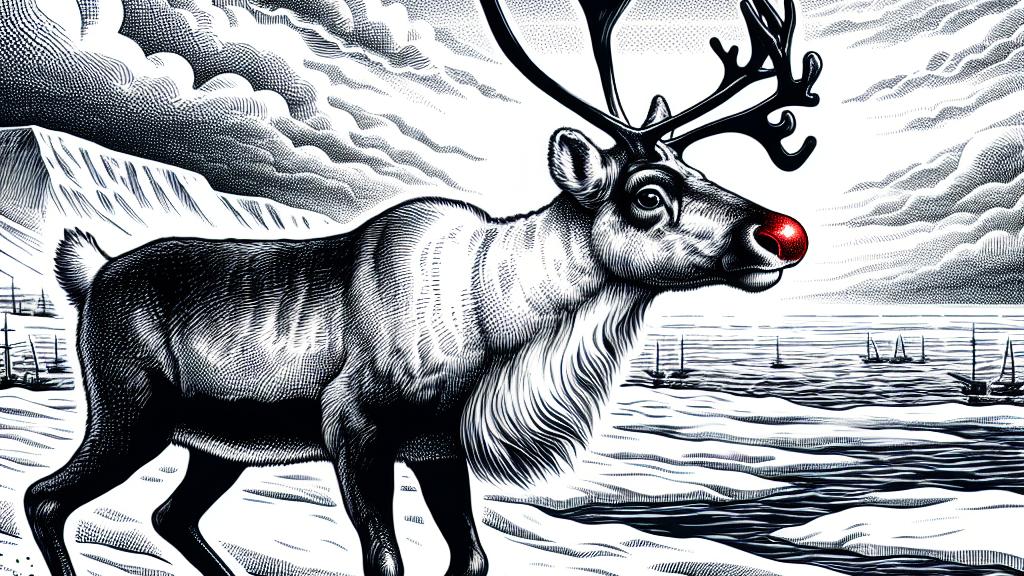Discover the Amazing Facts About Reindeer and Their Unique Adaptations
Overview
- Reindeer possess real red noses that can change color, showcasing their capacity for temperature regulation.
- These incredible animals exemplify extraordinary adaptations, allowing them to thrive in the harsh Arctic environment.
- Unlike most deer, both male and female reindeer grow impressive antlers, revealing unique traits among species.

Introduction to Reindeer
Reindeer, known scientifically as Rangifer tarandus, gracefully roam the frozen landscapes of the Arctic, predominantly in countries like Norway, Sweden, Finland, and Greenland. During the holiday season, these enchanting creatures often become synonymous with festive cheer, especially due to the famous story of Rudolph and his glowing red nose. However, what many people don’t realize is that this red nose is more than just a whimsical tale—it's a fascinating aspect of their biology! These incredible animals boast numerous adaptations that enable them to survive and thrive in one of the most extreme climates on Earth. Imagine watching a reindeer with its nose glowing as a vital tool for temperature control in the biting cold!
What Do Reindeer Eat?
As herbivores, reindeer primarily consume plant-based foods, but their diet is anything but ordinary. Living in the harsh Arctic environment, with snow covering the ground for extended periods, has made them resourceful and skilled foragers. Their main source of nutrition is lichen, a hardy organism that often grows on rocks and trees. During the brief summer months, they enjoy a more diverse diet, munching on grasses and delicious mosses. Surprisingly, these resourceful animals even eat barnacle goose droppings! While it may seem gross to us, such unusual dietary choices show their adaptability and resilience. In essence, reindeer embody the clever ways nature equips animals to survive in challenging habitats, using every available resource to thrive.
How Do They Stay Warm?
In the frigid Arctic, staying warm is essential, and reindeer are masters at it! One of their most intriguing adaptations is their ability to change the color of their noses—when it’s too hot, blood flows closer to the skin, making their noses turn bright red! This remarkable feature not only looks good but plays a crucial role in temperature regulation. Additionally, their thick fur is a marvel of natural engineering. Composed of dense underfur for insulation and hollow guard hairs for buoyancy, reindeer stay warm and dry even in freezing temperatures. These adaptations allow them to float on water during migrations, an amazing feat for such large animals! When you think of reindeer, picture them tackling harsh winter conditions, their magnificent coats shimmering under the snow, a testament to the wonders of evolution.
Unique Characteristics of Reindeer
But the fascinating features of reindeer don't stop there! Their eyes also have a seasonal flair—they shift colors from a stunning gold-turquoise during summer to a deep, rich blue in winter. This change isn’t just for show; it helps them adapt to varying light conditions! Moreover, both male and female reindeer grow antlers, which is quite unusual among deer species. Females retain their antlers all year, which aids them in digging through snow for food. Males, however, showcase their antlers during the mating season, using them to impress potential mates. This unique characteristic underscores their adaptability and makes them unique among many animals. Understanding these extraordinary traits not only amplifies our appreciation for reindeer but also highlights the myriad ways life flourishes in the Arctic's harsh conditions.

Loading...